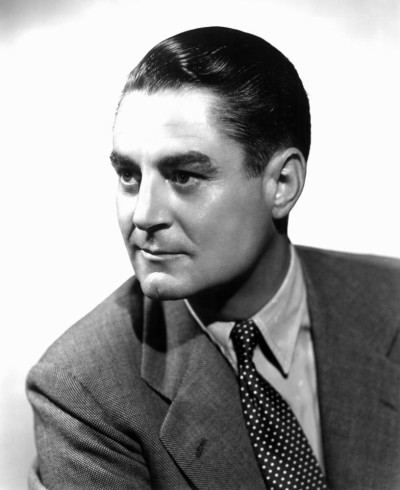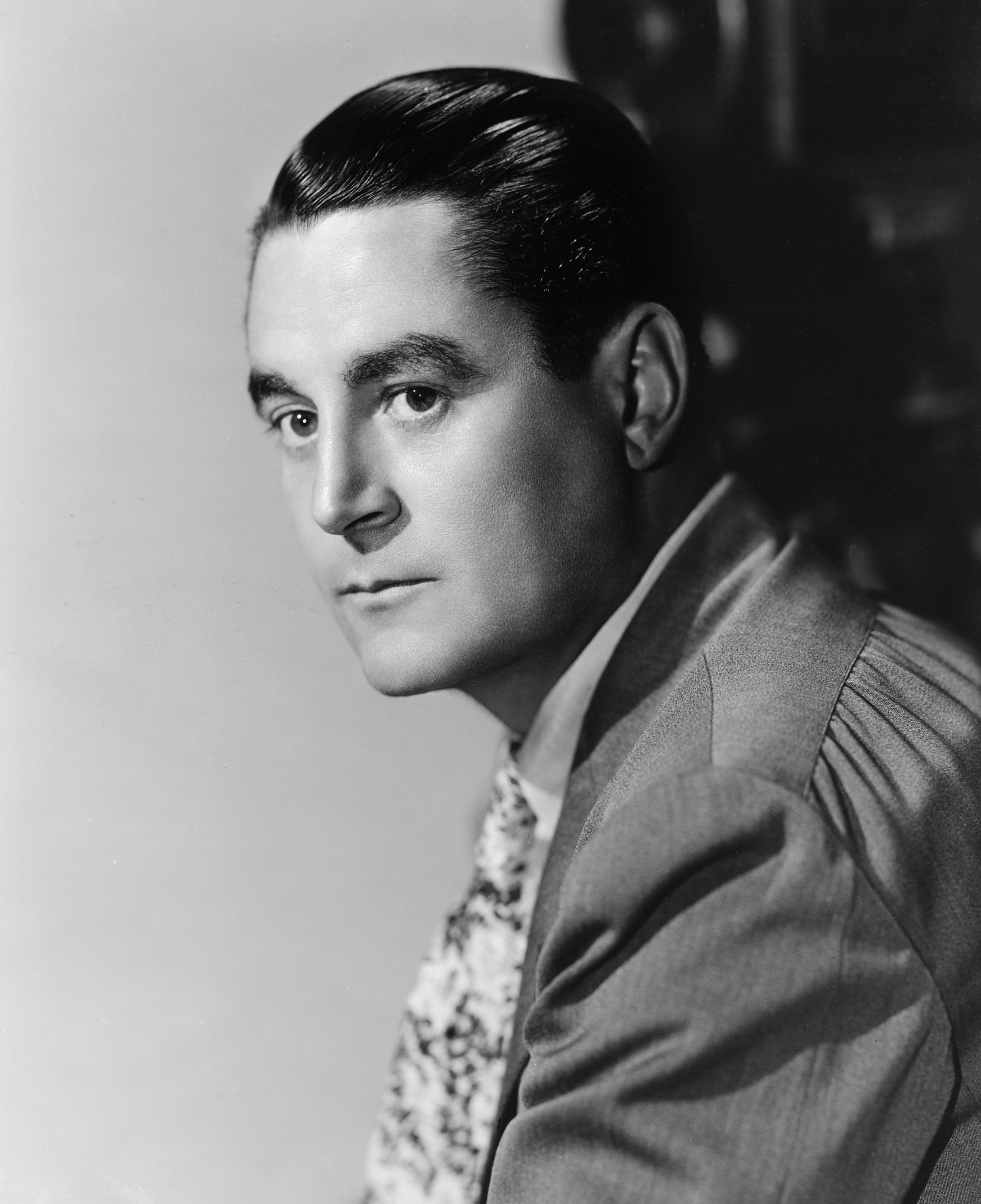Leo McCarey (Thomas Leo McCarey)

Born in Los Angeles, California, Leo McCarey attended St. Joseph’s Catholic school and Los Angeles High School. His father was Thomas J. McCarey, whom the Los Angeles Times called “the greatest fight promoter in the world”. Leo McCarey would later make a boxing comedy with Harold Lloyd called The Milky Way (1936). Leo McCarey graduated from the University of Southern California law school and besides the law tried mining, boxing, and songwriting before becoming an assistant director to Tod Browning in 1919. It was McCarey’s boyhood friend, the actor and future fellow director David Butler, who referred him to Browning. Browning convinced Leo McCarey, despite his photogenic looks, to work on the creative side as a writer rather than as an actor. Leo McCarey then honed his skills at the Hal Roach Studios. Roach had hired him as a gagman in 1923, after McCarey had impressed him with his sense of humor, following a game of handball together at a sports club. McCarey initially wrote gags for the Our Gang series and other studio stars, then produced and directed shorts, including two-reelers with Charley Chase. Chase would in fact become McCarey’s mentor. Upon the comedian’s death in 1940, McCarey was quoted as saying, “Whatever success I have had or may have, I owe to his help because he taught me all I know.” The two men were especially compatible, as they both enjoyed a hobby on the side trying to write popular songs. While at Roach, McCarey, according to later interviews, cast Stan Laurel and Oliver Hardy together and guided development of their onscreen characters, thus creating one of the most enduring comedy teams of all time. He only officially appeared as director of the duo’s shorts We Faw Down (1928), Liberty (1929) and Wrong Again (1929), but wrote many screenplays and supervised the direction by others. By 1929, he was vice-president of production for the studio. Less well known from this period are the shorts he directed with Max Davidson when Roach put together the Irish-American McCarey with the Jewish-American actor for a series of “dialect comedies.” These shorts such as Pass The Gravy have been rediscovered in recent years, after their exhibition in 1994 at the Giornate del Cinema Muto in Pordenone Italy. Pass The Gravy was added to the National Film Registry at the Library of Congress in 1999.
In the sound era Leo McCarey focused on feature-film direction, working with many of the biggest stars of the era, including Gloria Swanson (Indiscreet, 1931), Eddie Cantor (The Kid From Spain, 1932), the Marx Brothers (Duck Soup, 1933), W.C. Fields (Six of a Kind, 1934), and Mae West (Belle of the Nineties, 1934). A series of six films at Paramount came to a crashing halt with his production of Make Way For Tomorrow in 1937. While the story of an elderly couple who have to be separated for economic and family reasons during the Depression was not without humor in its treatment, the results were too unpopular at the box office and the director was let go. Nonetheless the film was recognized early on for its importance by being selected for the permanent collection of the recently formed Museum Of Modern Art in New York City. In later years it became canonical, and even considered by some as McCarey’s masterpiece, due to perceptive champions such as Bertrand Tavernier, Charles Silver and Robin Wood. Later in 1937, invited to Columbia, McCarey earned his first Academy Award for Directing for The Awful Truth, with Irene Dunne and Cary Grant, a screwball comedy that launched Cary Grant’s unique screen persona, largely concocted by McCarey (Grant copied many of McCarey’s mannerisms). Along with the similarity in their names, McCarey and Cary Grant shared an eerie physical resemblance, making mimicking McCarey’s intonations and expressions even easier for Grant. As writer/director Peter Bogdanovich notes, “After The Awful Truth, when it came to light comedy, there was Cary Grant and then everyone else was an also-ran.” After the success of The Awful Truth McCarey could have become, like Frank Capra , a Columbia contract director with a certain independence, but went his own way, selling the story that would become The Cowboy And The Lady to Sam Goldwyn and moving to RKO for three films. A car accident in 1940 prevented him from directing his production of My Favorite Wife, a kind of follow up to The Awful Truth with the same two stars, so it was turned over to Garson Kanin though McCarey worked on some of the editing.[8] McCarey was a devout Roman Catholic and deeply concerned with social issues. During the 1940s, his work became more serious and his politics more conservative. In 1944 he directed Going My Way, a story about an enterprising priest, the youthful Father Chuck O’Malley, played by Bing Crosby, for which he won his second Best Director Oscar and Crosby won a Best Actor Oscar. His share in the profits of this smash hit gave McCarey the highest reported income in the U.S. for 1944, and its follow-up, The Bells of St. Mary’s (1945), which paired Crosby with Ingrid Bergman and made by McCarey’s newly formed production company, was similarly successful. According to Paul Harrit in Great Directors, McCarey acknowledged that the film is largely based on his aunt, Sister Mary Benedict, who died of typhoid. McCarey testified as a friendly witness early on in the hearings of the Un-American Activities Committee in Congress, which was concerned about supposed Communist activity in Hollywood.
The public reacted negatively to some of his films after World War II. For instance, his anti-communist film My Son John (1952) failed at the box office. But five years later, he co-wrote, produced, and directed An Affair to Remember starring Cary Grant and Deborah Kerr, a remake (with precisely the same script [despite the fact that it contains scenes in which the major characters appear on television in the later film]] ) of his 1939 film Love Affair with Irene Dunne and Charles Boyer. In 1993, the hugely popular rom-com Sleepless In Seattle by Nora Ephron made such frequent references to An Affair To Remember that it gave the older film a whole new lease of life in revivals, cable TV, and video, with the result that it is probably McCarey’s most popular and accessible film today. He followed this hit with Rally ‘Round the Flag, Boys! (1958), a comedy starring Paul Newman and Joanne Woodward. Some years later he directed his last picture, the poorly received Satan Never Sleeps (1962), like My Son John a somewhat strident critique of Communism. Auteurist critic Andrew Sarris has said Leo McCarey “represents a principle of improvisation in the history of the American film.” Through most of his career, McCarey’s filming method, rooted in the silents, was to drastically alter the story ideas, bits of business, and dialogue in the scripts previously provided to the studios and the actors. He would usually sit at a piano and doodle as the sometimes exasperated crew waited for inspiration. As Bing Crosby said about Going My Way “I think probably 75 per cent of each day’s shooting was made up on the set by Leo.” While this technique was responsible for a certain awkwardness and some rough edges in the finished works, many of McCarey’s scenes had a freshness and spontaneity lacking in the typical mainstream Hollywood cinema. He was not the only director of his time to work this way: fellow comedy directors Gregory La Cava, Howard Hawks and George Stevens – the last also a Roach graduate – were known for their use of improvisation on the set. French director Jean Renoir once paid the great tribute of saying that “Leo McCarey understood people better than any other Hollywood director.” Leo McCarey died on July 5, 1969, aged 70, from emphysema. He was interred in the Holy Cross Cemetery in Culver City, California. His brother, director Ray McCarey, had died 21 years earlier. In 1978, Leo McCarey’s production records, including scripts,budgets, and correspondence were donated to the Charles Feldman Library at the American Film Institute in Beverly Hills.
Born
- October, 03, 1898
- USA
- Los Angeles, California
Died
- July, 05, 1969
- USA
- Santa Monica, California
Cause of Death
- emphysema
Cemetery
- Holy Cross Cemetery
- Culver City, California
- USA



